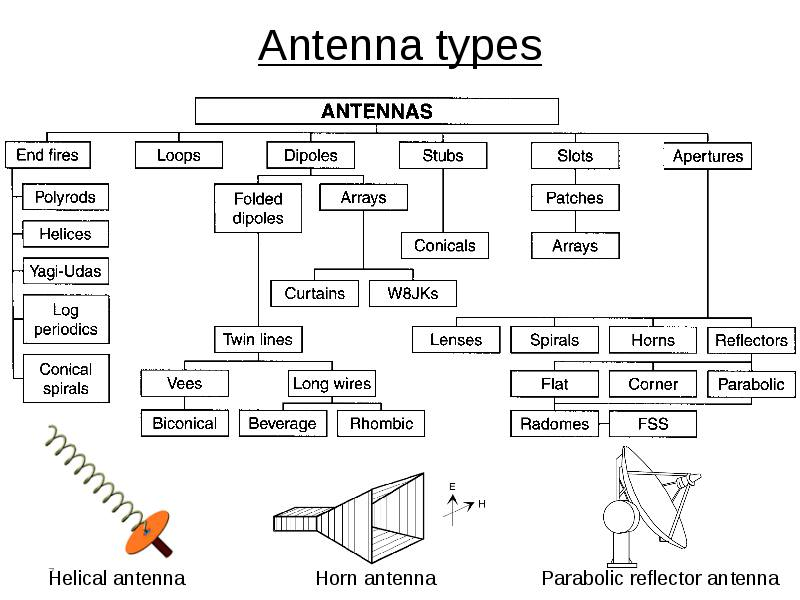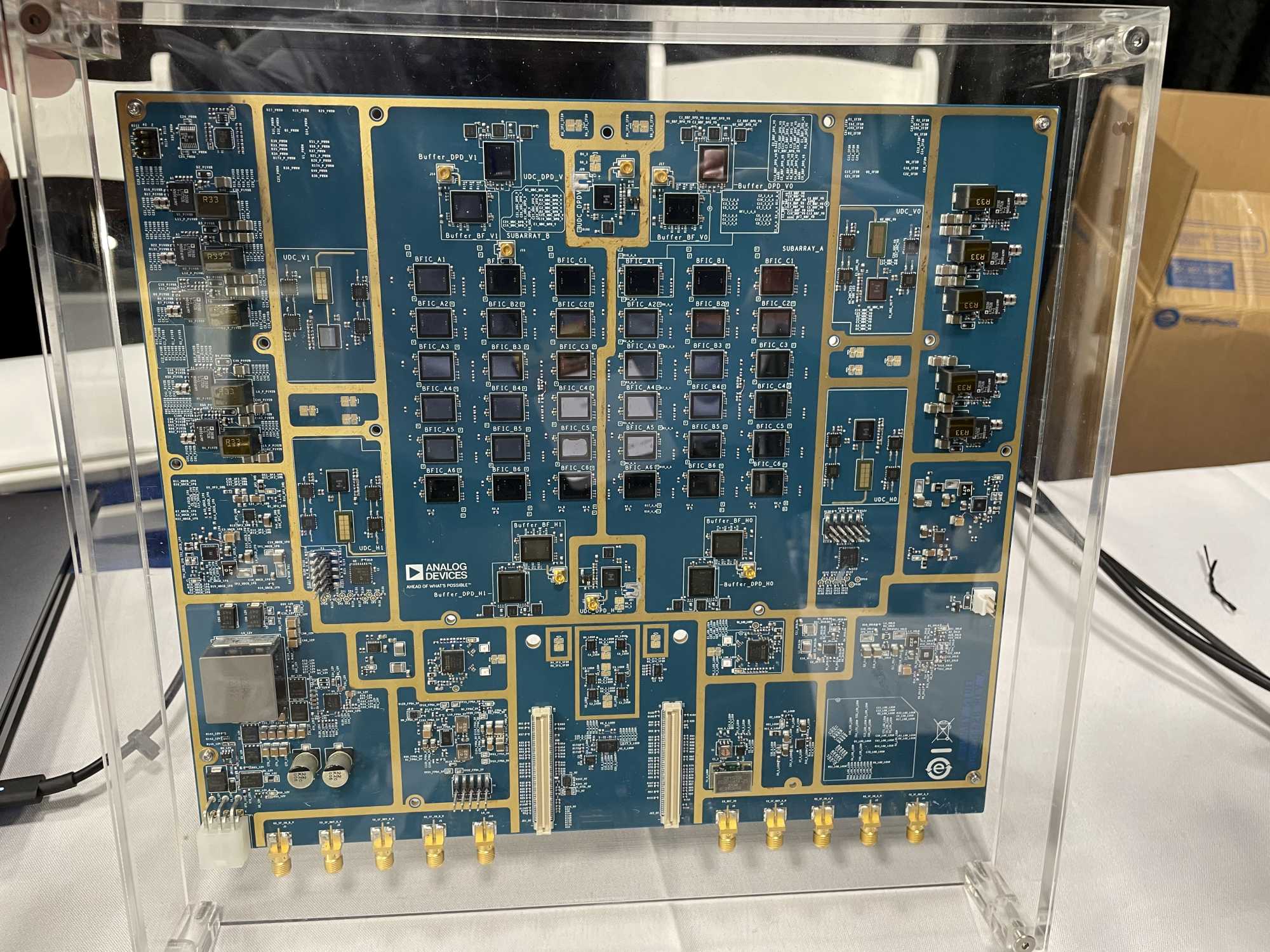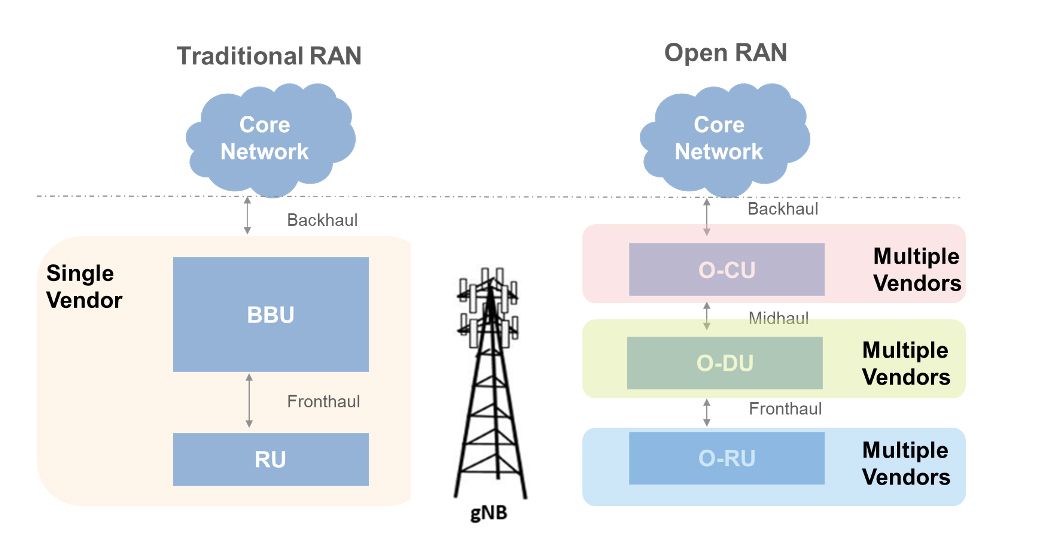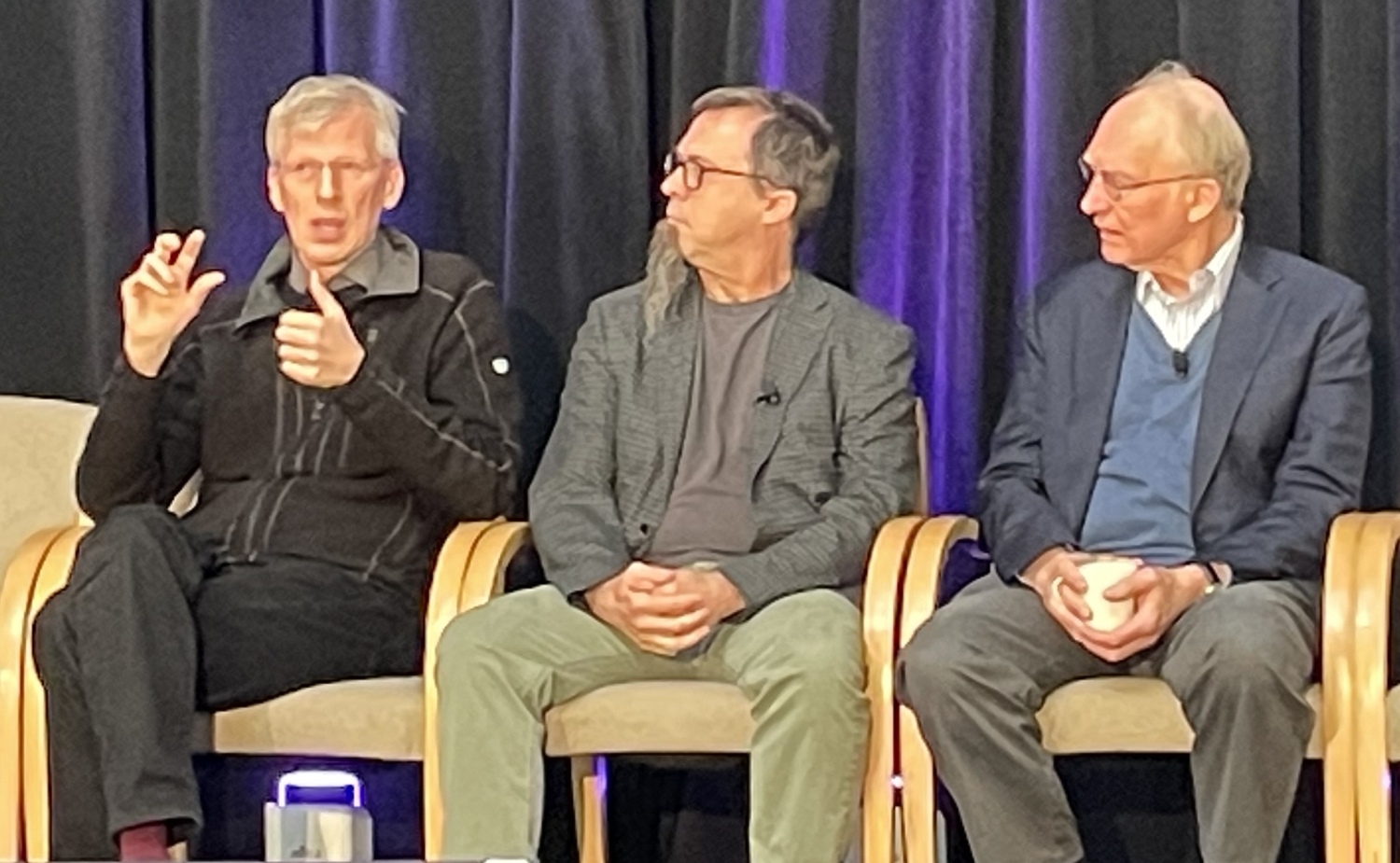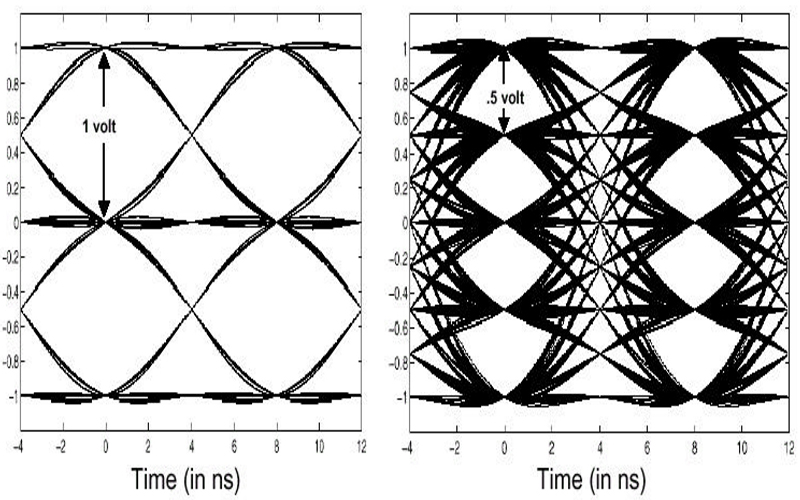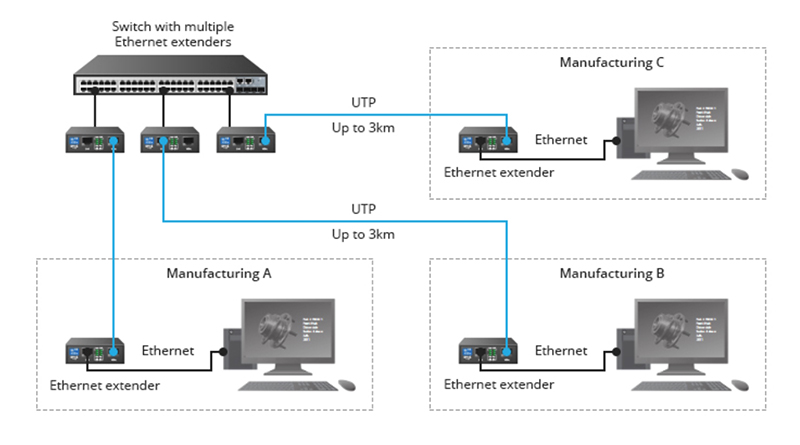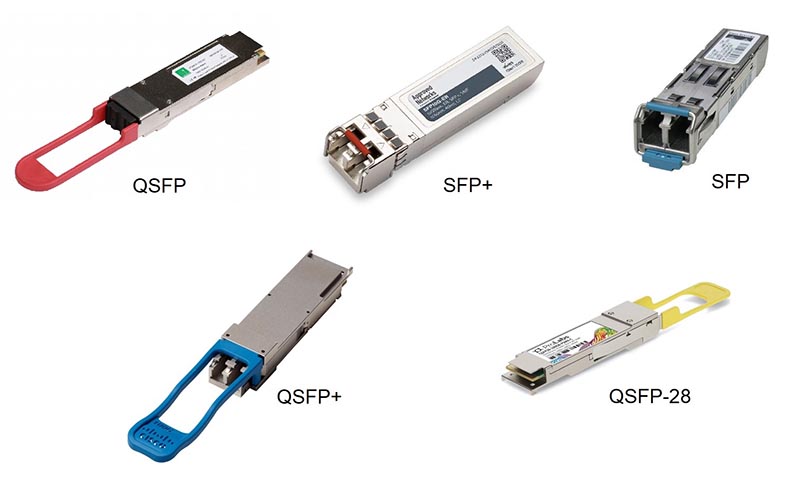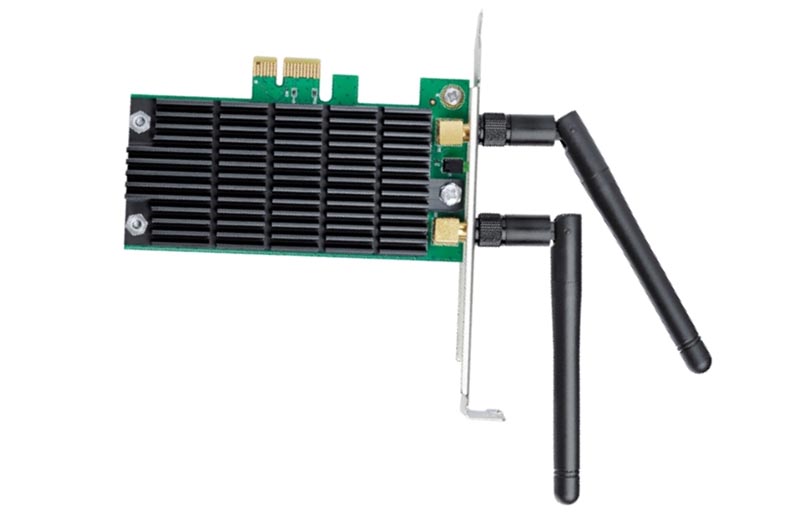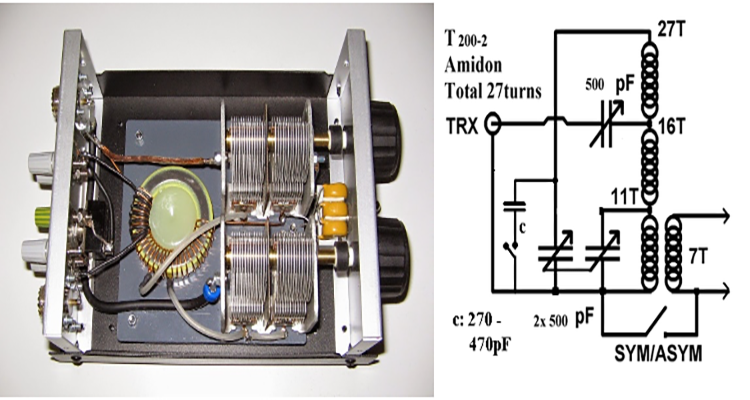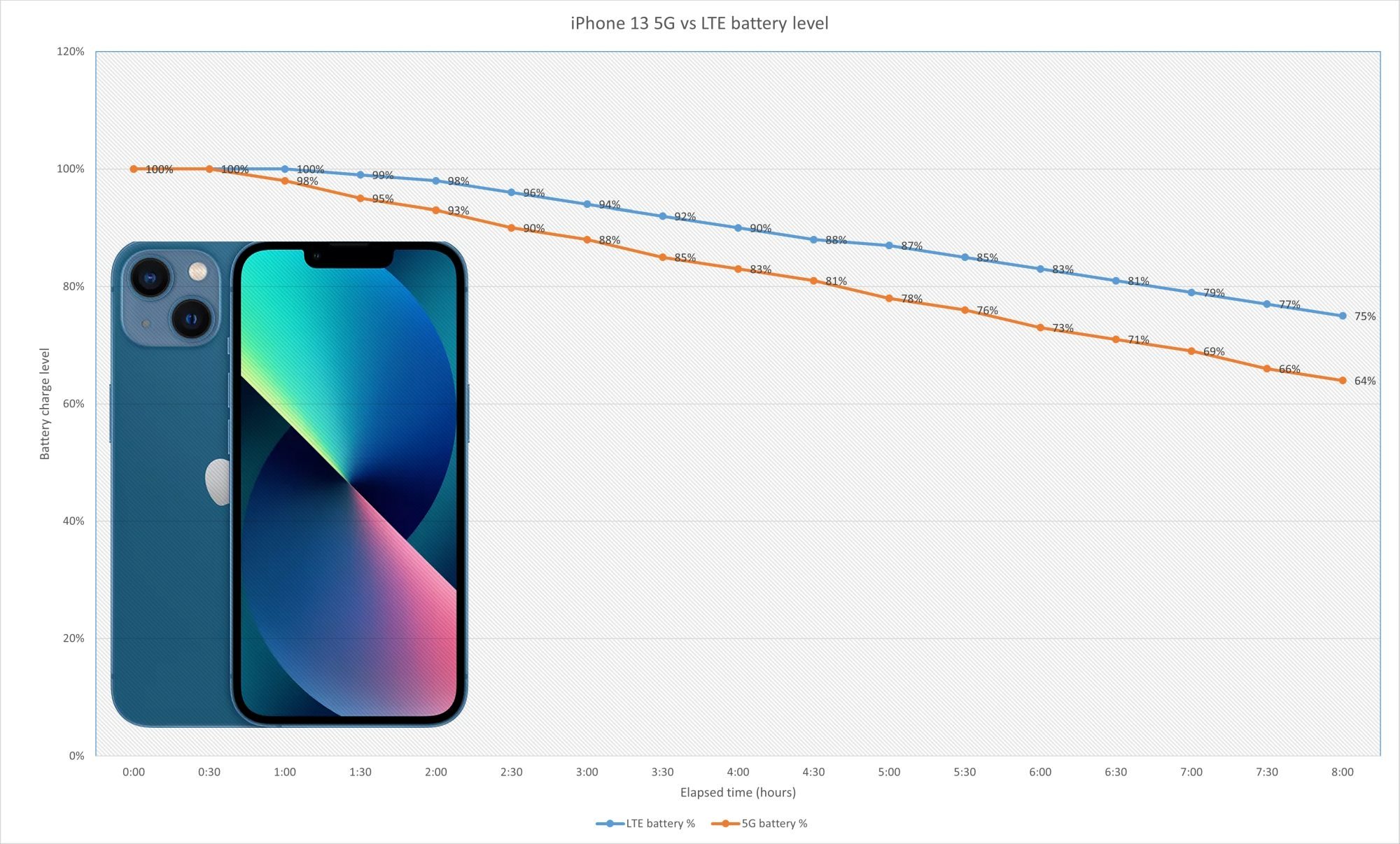Ultra-wideband RF applications need specialized antennas to support their unusual spectrum and bandwidth characteristics. Ultra-wideband is a short-range, high-bandwidth wireless technology that offers precise positioning and tracking as well as highly secure communications. It can provide accurate distance measurements in real-time without interfering with conventional narrowband and carrier wave transmissions in the same frequency bands.…
6G conference exhibits demonstrate possible technologies
At the 6G Symposium and 6G Summit, attendees saw the latest research that could lead to the next generation of wireless.
How do Open RAN interfaces work?
The O-RAN Alliance has developed specifications for communications interfaces between components of an Open RAN. This FAQ explains the functions of each.
6G Symposium: The discussions continue
The 6G Symposium took place on October 18 and 19, 2023, in Washington, DC. This year, the talk was more about use cases, with less talk about sustainability than in the past. One week before the symposium, I heard two contrasting views on 5G given at a virtual conference. In the morning, Chris Pearson of…
How does 4D-PAM5 work in Gigabit Ethernet?
Networks using 10 GbE rely on more sophisticated modulation and coding techniques than networks needed at lower data rates. 4D-PAM5 (four-dimensional five-level pulse amplitude modulation) are the encoding and modulation techniques used in Gigabit Ethernet (GbE). 4D-PAM5 replaced the multilevel transmit MLT-3 encoding and modulation used for 100BASE-TX. IEEE 1000BASE-T (GbE) uses a combination of…
What’s the difference between an Ethernet extender and a media converter?
Extend the reach of Ethernet by converting the signals to different electrical or optical signals. Ethernet extenders and media converters can both be used to expand network coverage. Extenders operate over unshielded twisted pair (UTP) or coaxial cabling, while media converters change the signals from electrical to optical and back. Extenders and media converters can…
How do SFP, SFP+, and QSFP compare?
Pluggable modules come in many variants, each designed for a specific purpose. Small form factor pluggable (SPF) technology was developed to support high-speed interconnects between servers, storage, and communications equipment in data centers and similar environments. Over time, the multi-source agreement (MSA) that specifies SPF has evolved to include new formats, including SFP, SFP+, SFP28,…
What’s a PCIe wireless adapter?
PCIe wireless adapters are one of the ways to connect a computer or server to a Wi-Fi network. There are different formats of PCIe wireless adapters, and there are also USB wireless adapters that compete with them based on convenience of operation. This FAQ reviews the operation of PCIe expansion cards, reviews the use of…
Embedded digital-capacitor ICs enable antenna tuning
Femto/picofarad antenna-tuning ICs enable smartphones to work over several bands and scenarios, thus solving the challenging impedance-matching dilemma. One of the indicators of innovative engineering is to take an attribute that is normally considered to be a drawback and not only negate that characteristic but actually use it to advantage in another setting. Consider this…
When battery life rules, turn off 5G
The data is clear. My phone’s battery charge life looks better with 5G turned off.

